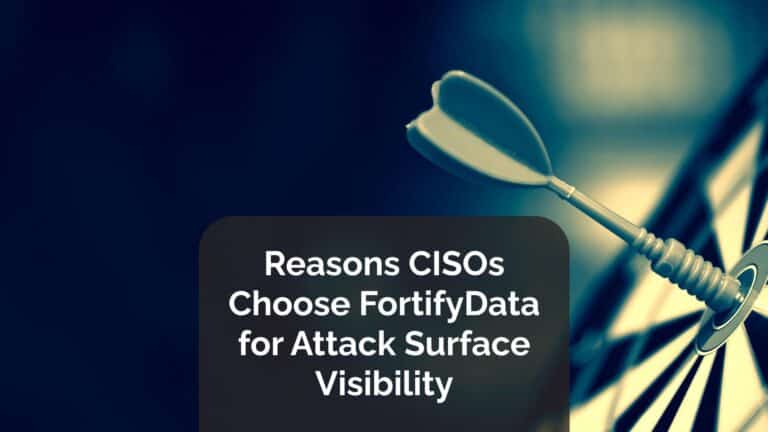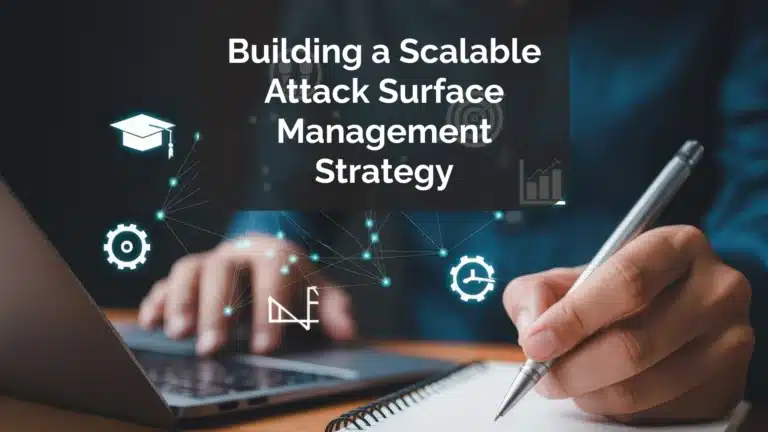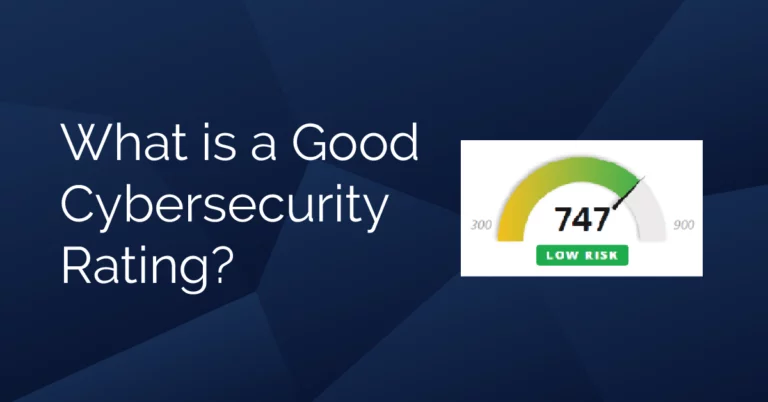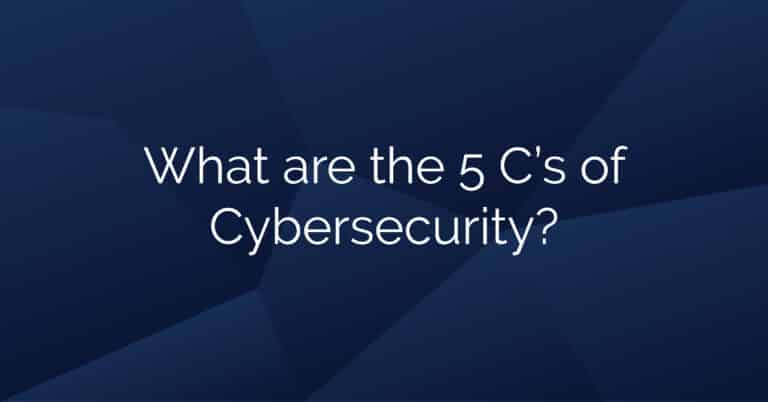Are vulnerabilities from unknown or hidden attack surface assets leaving your company exposed? If so, then it could lead to costly breaches and loss of trust for your company, and you need to eliminate those blind spots ASAP.
But how do you find those attack surface management blind spots? We’ll explore that below
In fact, 73% of security leaders experienced incidents caused by unknown or unmanaged assets.
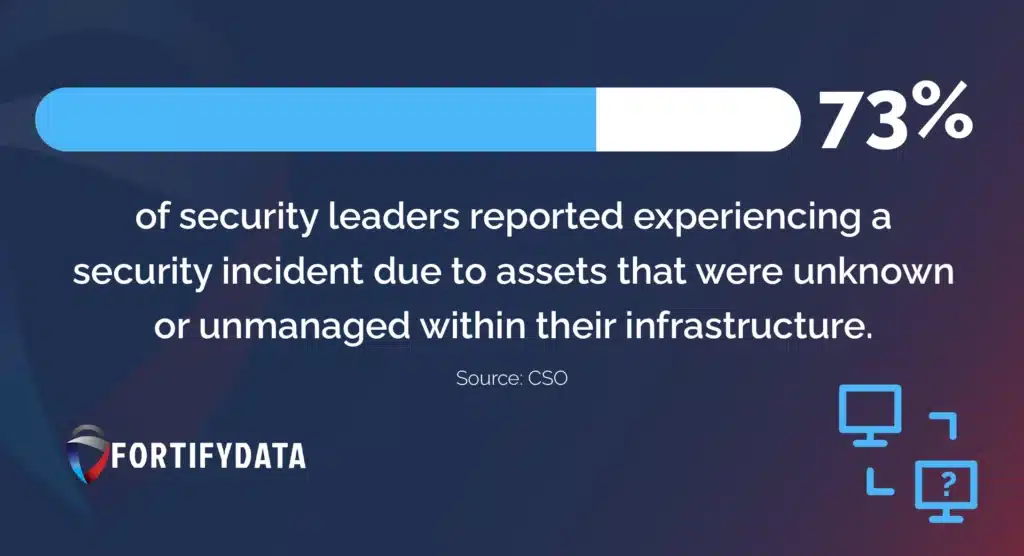
5 Tips for Eliminating Attack Surface Blind Spots
Here are the five proven tips to uncover and close blind spots in your organization’s attack surface management (ASM) program:
1. Map Your Entire Digital Environment
You can’t protect what you don’t know exists. Start by creating a complete inventory of all hardware, software, cloud services, and third-party integrations. Use automated discovery tools to scan your network and uncover unmanaged or forgotten assets.
In fact, today’s attack surface management tools excel at helping to identify and monitor your inventory, cutting down on the time to manually inventory your asset footprint.
Identify Every Asset Before Hackers Do
A key step is to identify every asset before hackers do, including shadow IT. These unsanctioned apps and tools often hide the biggest blind spots. Keep your inventory updated whenever new systems are added or retired, so your vulnerability management process always works with accurate information.
2. Perform Regular Internal Risk Assessments
Attackers look for the easiest way in, and then have carte blanche access to overlooked internal systems. Conduct internal risk assessments (at least) quarterly or more often if your environment changes frequently. Test not just external-facing assets but also internal ones, like file servers, test environments, and shared drives.
Crunchy on the outside, chewy on the inside doesn’t just describe chocolate candy, but the cyber defenses of many organizations. Tough exterior with random openings, and not much to stop threat actors once they have access to the internal systems and networks.
See Your Weak Points from the Inside
Make it a habit to see your weak points from the depths by simulating different attack scenarios. This reveals weaknesses before malicious actors find them. Document every finding, assign ownership, and rank them by risk level to help your team prioritize fixes quickly.
Finding it hard to detect and address internal weaknesses quickly?
FortifyData’s internal risk assessment module continuously scans internal assets, like file servers, shared drives, and test environments, simulating real-world attack scenarios.
3. Integrate Context-Based Continuous Vulnerability Management
Blind spots often linger because vulnerabilities aren’t addressed fast enough. Continuous vulnerability management means scanning regularly (daily or weekly) and the outcomes tuned to your organization’s system/asset criticality and patching promptly. This ensures your team focuses on reducing the biggest risks facing your organization versus just working down a list based on CVSS priority.
Automated ASM and vulnerability scanners can track newly disclosed vulnerabilities and match them against your asset list which is then prioritized based on your operational criticality.
Organizations take, on average, 60 days to remediate critical vulnerabilities. That’s a long window for attackers to exploit weaknesses.
Make Scanning and Patching a Routine
The goal is to make scanning and patching a routine, not a reaction. Don’t stop at operating systems; check applications, firmware, and configurations. Set service-level agreements for patch timelines based on the operational criticality of the asset or service and then the severity. This consistent rhythm reduces the window of opportunity for attackers to exploit weaknesses.
4. Monitor Third-Party and Supply Chain Risks
Even if your own systems are secure, a vendor’s weak link can expose you. Assess the security posture of suppliers, partners, and contractors. Request their vulnerability management and patching policies to verify alignment with your own standards.
Close the Gaps You Don’t Directly Control
It’s essential to close the gaps you don’t directly control by integrating vendor risk monitoring tools. These track breaches or incidents affect your partners in real time. Supply chain blind spots can be just as dangerous as internal ones, so keep them in scope for every risk review you perform.
5. Correlate Threat Intelligence with Your Asset Data
Not every threat is equally urgent for your environment. Subscribe to trusted threat intelligence feeds and integrate them into your vulnerability management platform. Match active exploits and attack campaigns against your known asset list to focus on what’s truly relevant.
Many of today’s ASM solutions, like FortifyData, have cyber threat intelligence integrated into their offering to provide enriched data as part of the context-based prioritization.
Act on What’s Most Relevant to You
When you act on what’s most relevant to you, you prevent wasted effort on low-risk issues and respond faster to real-world threats. If intelligence indicates a rise in attacks targeting a specific software version you use, immediately elevate its patching priority.
Eliminating Blind Spots Doesn’t Have to Be Overwhelming
Unaddressed attack surface blind spots can lead to costly breaches, wasted resources, and increased risk. With so many moving parts, assets, vulnerabilities, and third-party risks, it’s easy to miss critical gaps. These tips showed you how to find and fix them effectively.
Implement FortifyData’s Attack Surface Management to take it further.
Our platform offers powerful, real-time attack surface management services, giving you automated vulnerability insights and seamless integration with your existing tools.
- Continuous Asset Inventory: This feature scans the internet and your internal network 24/7. It automatically discovers new domains, cloud instances, and endpoints.
- Real-Time Risk Scoring: Risk scores update dynamically as new threat data arrives related to operational criticality of assets. That means your priorities adjust instantly when attackers target your industry or technology.
- Full Scope Visibility: The platform covers everything from external-facing APIs to internal servers, cloud environments and endpoints. It spots misconfigurations and forgotten infrastructure.
- Vendor & Third-Party Risk Monitoring: FortifyData tracks risks associated with your vendors and suppliers. It assesses how externally exposed those third parties are.
- Audit-Ready Reporting & Cyber GRC Integration: Built-in dashboards align with compliance frameworks like SOC 2, NIS 2, ISO 27001 or your preferred framework

FAQs
1: What role does continuous monitoring play in reducing blind spots?
Continuous monitoring ensures that any new device, system, or connection entering your environment is detected and assessed in near real-time, reducing the window of exposure for potential threats. Having a continuous monitoring and remediation process at your organization will make your penetration testing exercises more challenging.
2: Can cloud environments have attack surface blind spots?
Yes. Cloud blind spots happen when assets or services go unnoticed, often due to shadow IT, misconfigurations, or unmanaged accounts. They leave gaps in security. Continuous attack surface management helps detect and monitor all exposed assets to eliminate these risks.

